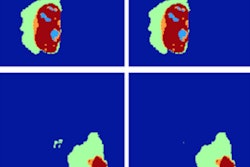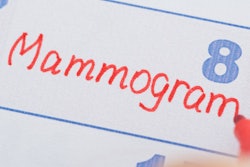Dear AuntMinnieEurope Member,
All eyes are starting to turn to the RSNA meeting, which begins in Chicago on Sunday, but a much smaller yet highly significant conference took place on 18 November in Rotterdam, the Netherlands.
Organized by the European Society of Medical Imaging Informatics (EuSoMII), it focused on artificial intelligence (AI). Speakers provided a real glimpse into the future, and the participation of more than 150 delegates on a weekend underlined its importance.
First up, we have an article about how AI can eliminate errors. Ben Glocker, PhD, from Imperial College London, had some practical and timely advice in this area. Find out more in our Imaging Informatics Community, or by clicking here.
We also have a report about who should control patient data in the era of AI. Peter van Ooijen, PhD, is an expert in this field. To get his words of wisdom, click here.
Meanwhile, senior Dutch radiologists have been reacting to this week's news about the relocation of the European Medicines Agency from London to Amsterdam. We've conducted exclusive interviews with several of them. Get the full story in the MRI Community, or click here.
CT plays an increasing role in minimally invasive and transcatheter procedures, particularly when it comes to image guidance and evaluation of patients before an intervention. Researchers from Turin, Italy, have tested the performance of the latest generation of scanners on patients who were about to undergo mitral and aortic valve surgery. Visit the CT Community, or click here.
Any technique that promises to enhance the position of the radiologist in a multidisciplinary team must be worth a close look, and that's the case with our article about the use of 3D modeling in structural heart disease. It looks at research presented at the recent European Society of Cardiovascular Radiology congress in Milan. Go to the Advanced Visualization Community, or click here.
Finally, don't forget about the RSNA. Log on to the special section of our sister site, AuntMinnie.com, for in-depth coverage.



















